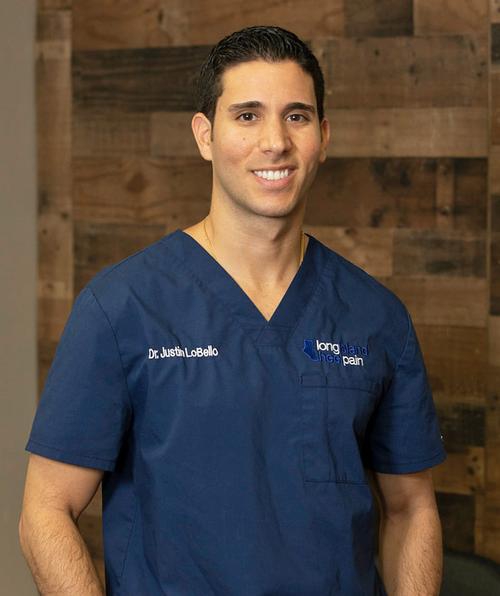Have you ever heard, “The bigger they are, the harder they fall?” When it comes to the tendons that bridge our bones and muscles, the Achilles tendon (aka the heel cord) is the largest. It’s a powerful unit, connecting the calf muscle to the heel bone, and is a huge part of our everyday movement.
As such, though, when something starts to irritate or hurt your Achilles tendon, you’re going to start feeling it. Achilles tendinitis is a common condition, especially among athletes, but nobody is immune from it.
Table of Contents
What is Achilles Tendinitis?
.jpg) To put it simply, Achilles tendinitis is inflammation of the Achilles tendon. The fibers of the tendon are irritated, damaged, and/or swollen.
To put it simply, Achilles tendinitis is inflammation of the Achilles tendon. The fibers of the tendon are irritated, damaged, and/or swollen.
If you want to get a bit more complicated, the condition is divided into two types:
Insertional Achilles Tendinitis focuses around the lower part of the heel, where the Achilles attaches (or “inserts,” get it?) against the heel bone. This type of tendinitis often shows up in patients who have pushed themselves athletically for years, such as distance runners and sprinters. However, it can even develop in patients who are not as active.
Non-insertional Achilles Tendinitis centers more within the middle section of the Achilles. Younger, more active people are more often the ones who are affected by this form.
In both cases, the condition usually begins as a mild ache, either in the back of the leg or above the heel. This pain tends to form after running or other activities and can get worse with deeper or more intense bouts of activity (which might tell you something.)
Periods of inactivity can also produce pain and stiffness in the area. This is usually felt in the morning, after getting out of bed, but it starts to feel better after you begin moving for a bit.
What Causes Achilles Tendinitis?
Damage to the Achilles is most often caused by heavy or intense strain on the tendon itself. This can cause tiny tears to develop in the fibers, which leads to pain and swelling.
Considering you use it for most movements that include your foot, it ends up enduring a lot of force! Injuring the tendon, then, often means having it deal with either a sudden increase in intensity or making it endure a strong, repetitive force over time without giving it enough opportunity to rest and recover.
There are several other factors that can play into your likelihood of suffering Achilles tendinitis. Being older and male increases the risk, as well as having high blood pressure, flat arches, or being on certain types of medications.
How Do We Treat Achilles Tendinitis?
The good news is that most cases of Achilles tendinitis can be treated through conservative means. Many times, the bulk of treatment can be performed right at home.
Rest is a crucial factor in recovery, as it provides your Achilles the time it needs for self-repair. Icing, keeping the affected leg elevated, and taking over-the-counter medications for pain and inflammation can all help this process along.
Full recovery can take about 4-6 weeks. If progress isn’t being made as well as we hope, or we know there are other factors that are affecting recovery, then more advanced treatments may be recommended.
Stretches, exercises, and physical therapy may be prescribed if you have tight calf muscles that add strain to your tendons. If abnormalities in the structure of the foot are responsible for additional stress, custom orthotics can help provide support and alignment to address this.
For pain relief and recovery, our office features state-of-the-art options used by professional athletes.
Our Tenex treatment inserts a small, ultrasonic device at the sight of tendon deterioration to break apart the damaged area without affecting the healthy, living tissue surrounding it. This gives the tendon an easier opportunity to heal faster and stronger. The area is numbed before inserting the device, and it is so small that no stitches are required afterward.
Other options to aid recovery at the site of the injury may include Extracorporeal Shockwave Therapy (ESWT), Platelet-Rich Plasma (PRP) therapy, or amniotic tissue treatments. All center on the body’s own healing abilities, enhancing or concentrate them to aid in pain relief and faster healing.
Regardless of what form of treatment you might need for Achilles tendinitis, it’s always wise to have your condition checked by a professional. Tendons that don’t heal properly are at higher risks of becoming injured again in the future—or even experiencing a full-on rupture.

